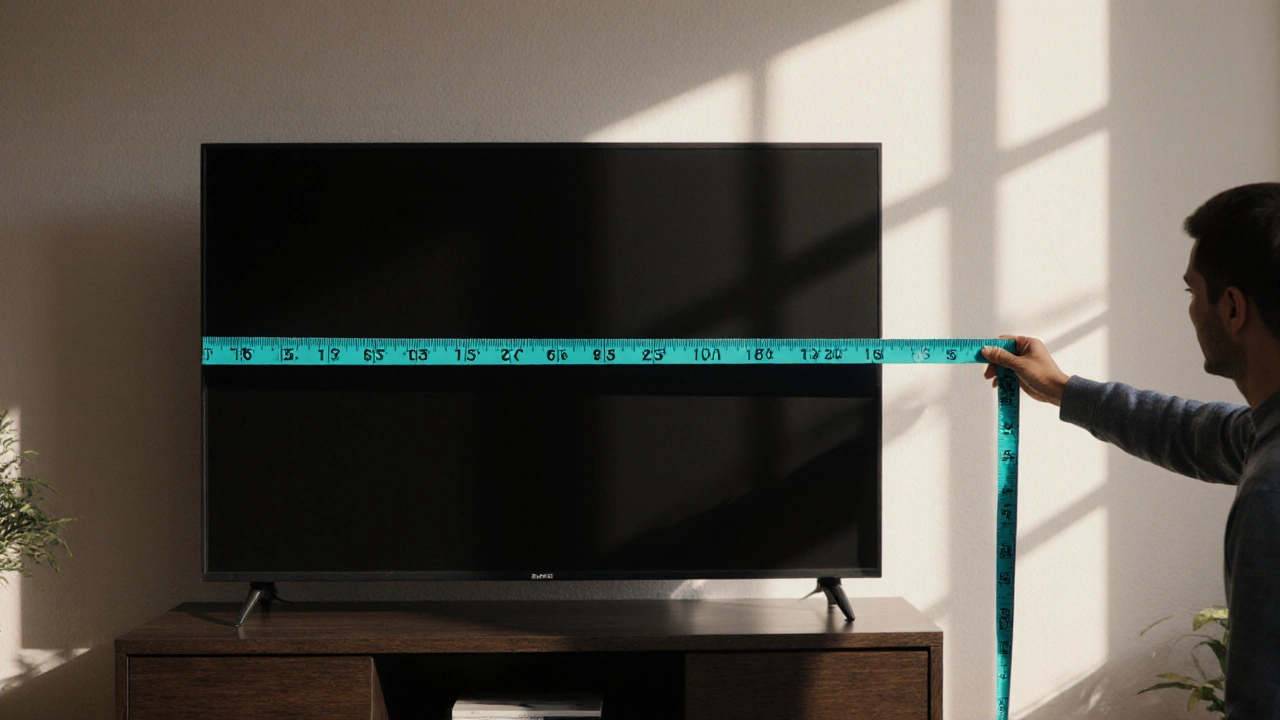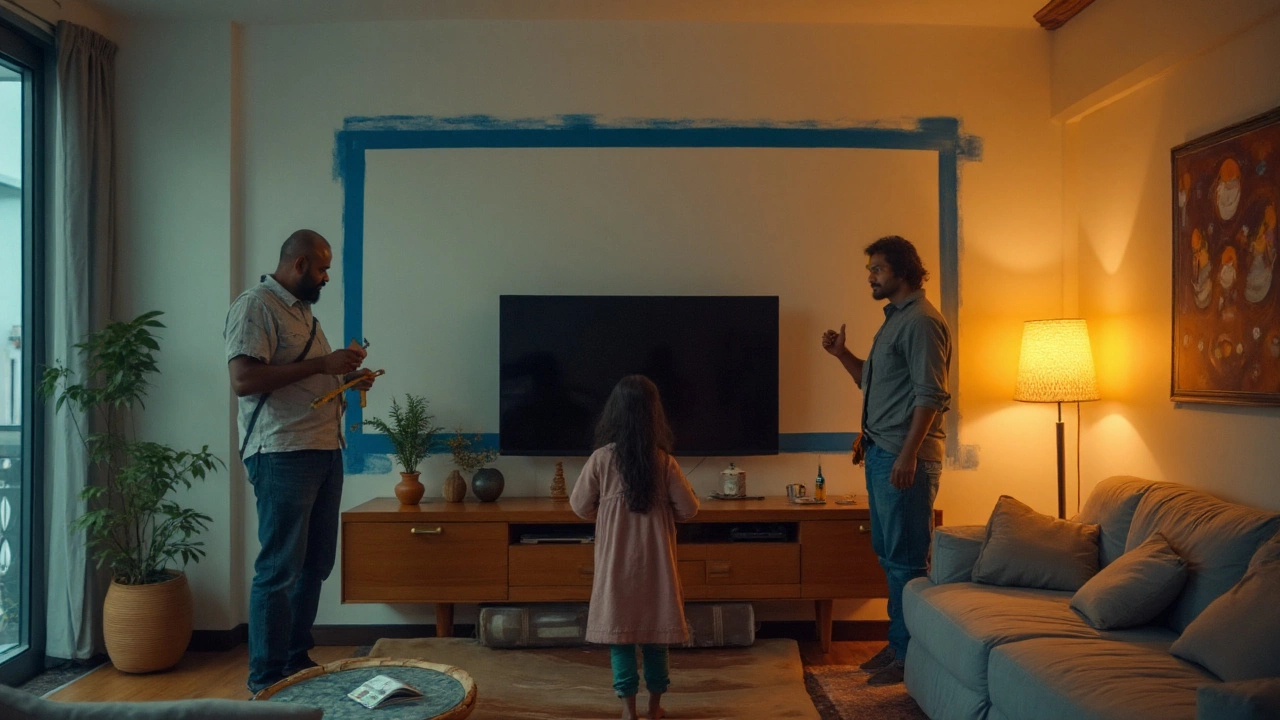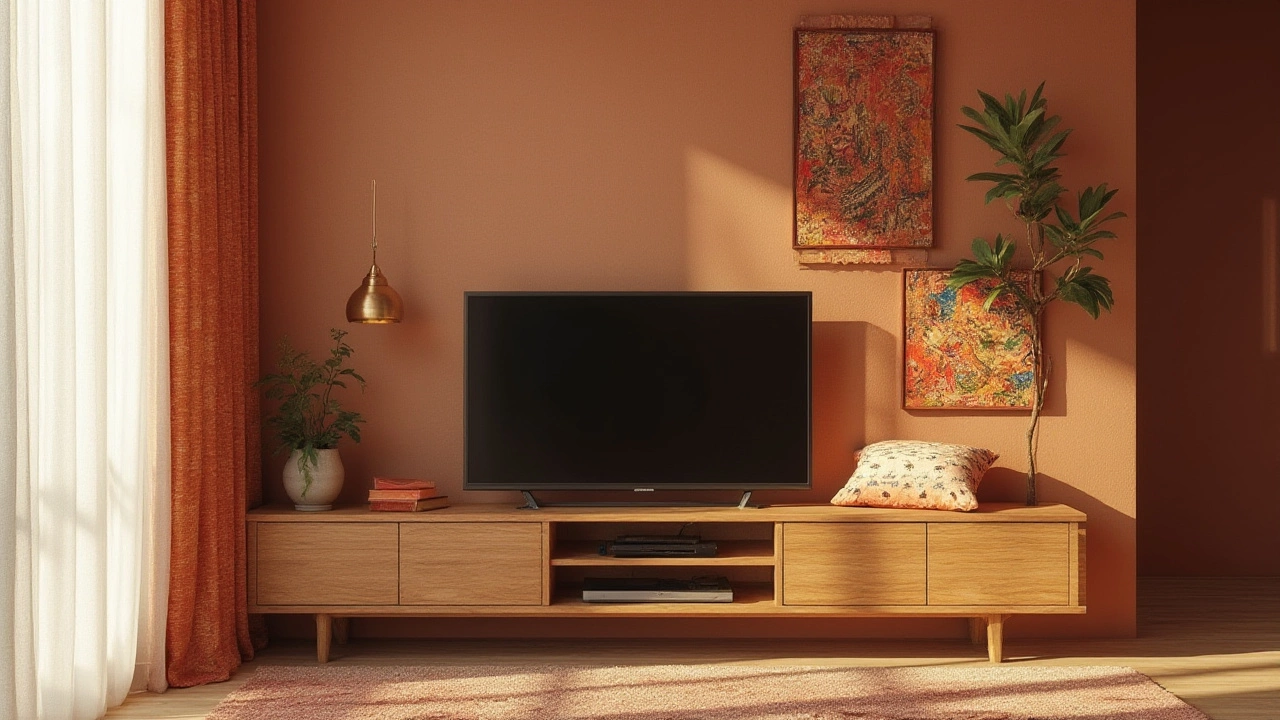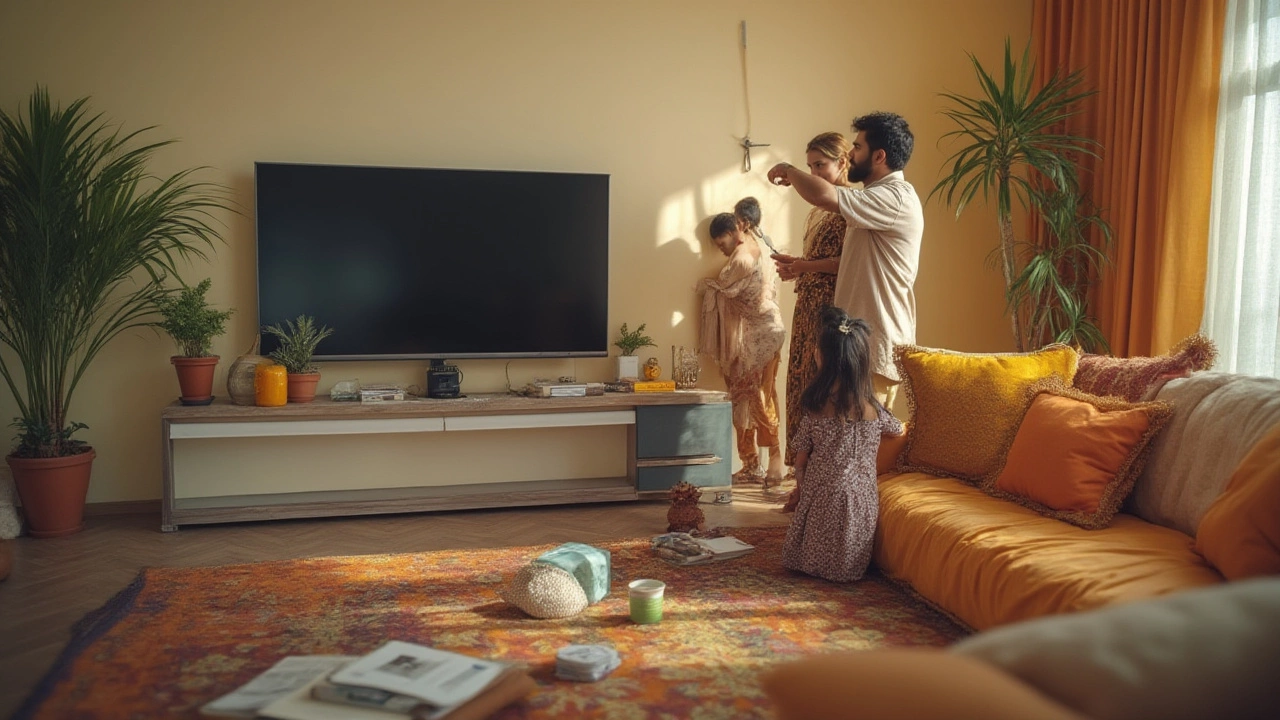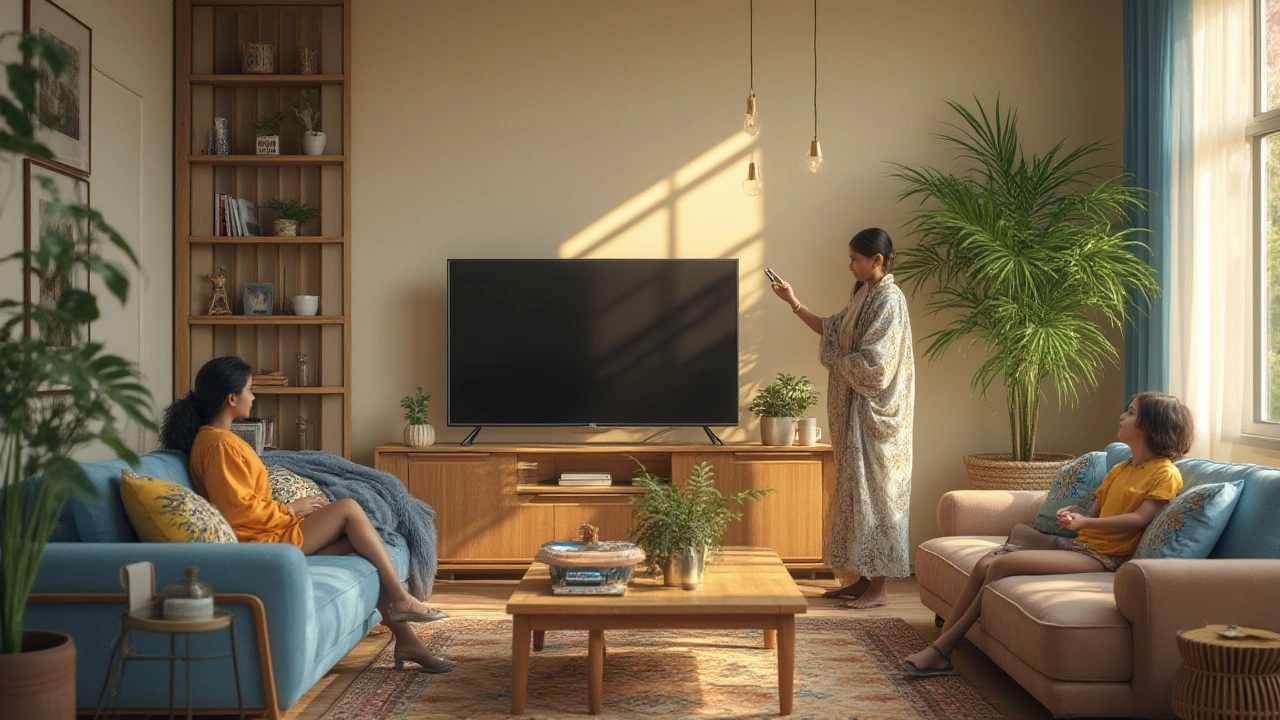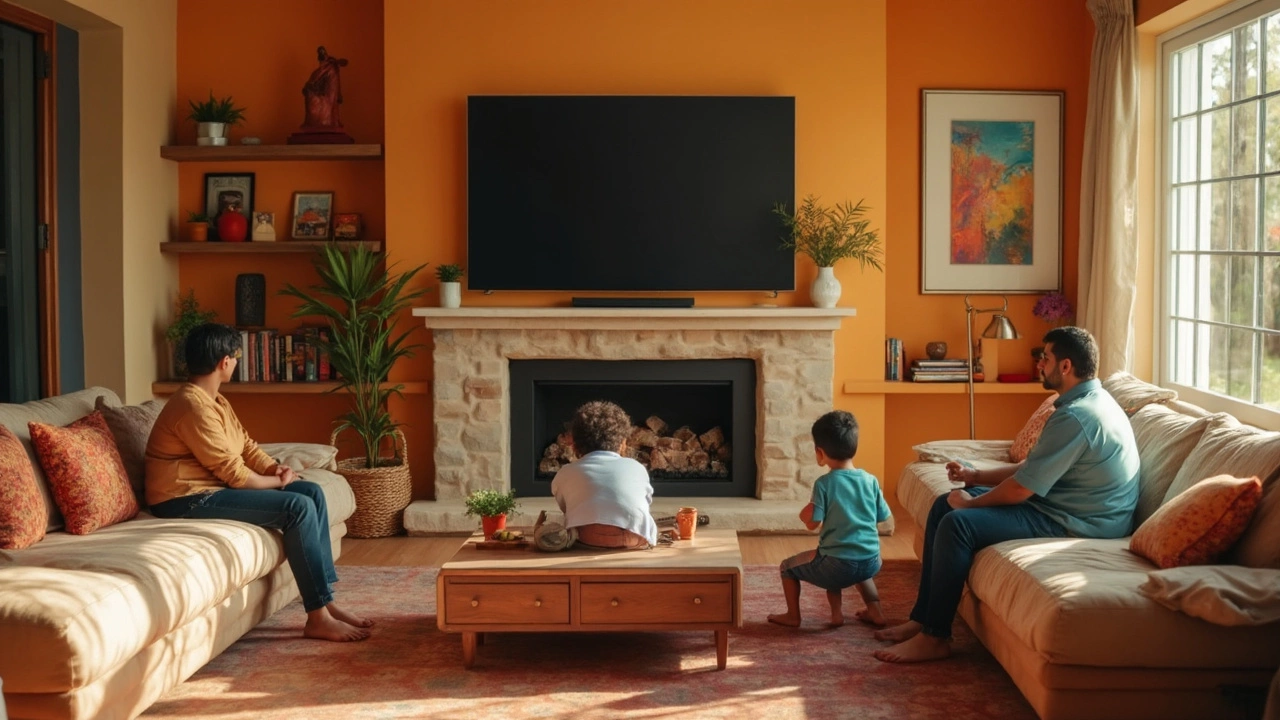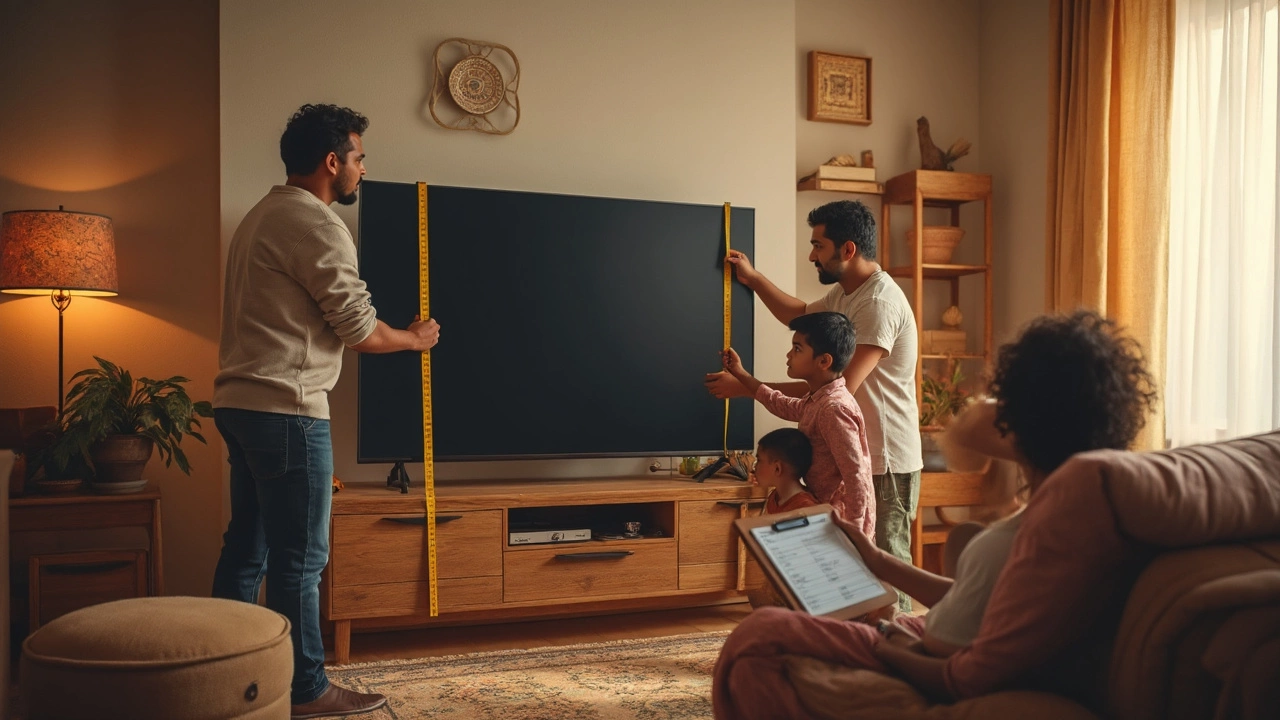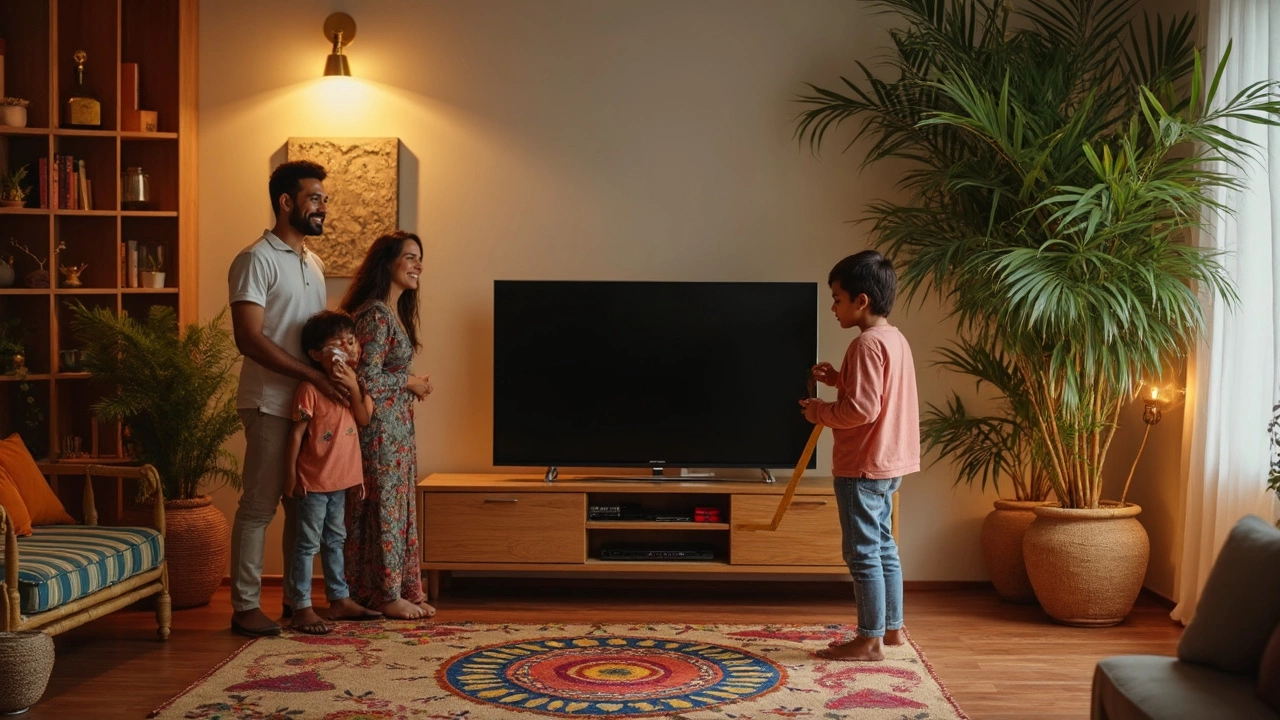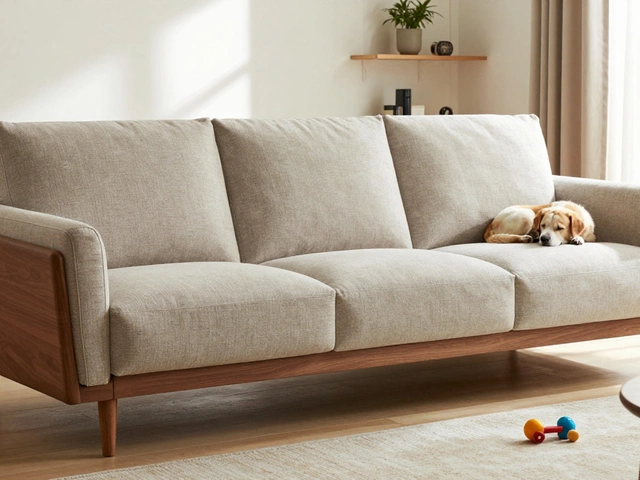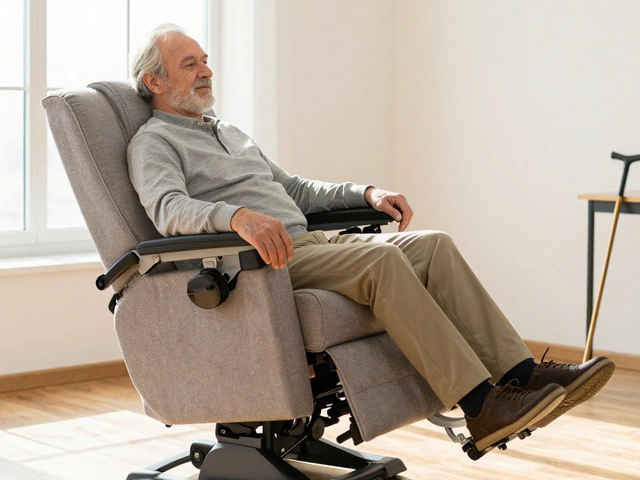TV Stands – Your Guide to Choosing the Perfect One
Looking for a spot for your new screen? A good TV stand does more than hold your TV – it ties the room together, hides cables, and keeps everything stable. Below you’ll find simple steps to pick a stand that fits your space, matches your decor, and stays safe.
Pick the Right Size
First, measure your TV. For a 55‑inch set, aim for a stand that’s at least 60 inches wide; a 65‑inch screen needs around 70 inches. Leave a couple of inches on each side so the TV sits comfortably without looking cramped. Also check the stand’s depth – it should be at least half the TV’s width to prevent wobbling.
Height matters too. The ideal viewing height puts the screen’s center roughly at eye level when you’re seated. Most stands sit 20‑30 inches off the floor, which works well for standard sofas. If you have higher seating, consider a taller stand or add a riser.
Match Style and Color
Think about the room’s vibe. A sleek black metal stand looks great in a modern loft, while a warm walnut finish blends with traditional décor. Neutral tones like gray, white, or natural wood are safe bets – they pair with most wall colors and let your TV be the star.
If you want a pop of personality, choose a bold color that complements a accent wall or a decorative rug. Just keep the rest of the furniture simple so the stand doesn’t clash.
Storage is another factor. Some stands include drawers or shelves for gaming consoles, remote controls, and speaker wires. This helps keep cords tidy and makes the area look cleaner. If you have many devices, a stand with built‑in cable management channels can save a lot of hassle.
Safety shouldn’t be an afterthought. Make sure the stand can hold the TV’s weight – check the product specs for a weight limit. For larger screens (70 inches or more), a solid wood or metal frame is usually more reliable than a glass‑top model.
When you set up, place the stand on a flat surface and use a level to confirm it’s even. If you’re on carpet, a small piece of plywood underneath can add stability. Secure the TV to the stand with the supplied brackets if possible – it reduces the risk of the TV tipping over, especially in homes with kids or pets.
Finally, think about the room layout. Position the stand so you can see the TV without glare from windows or lamps. Keep it away from direct sunlight to protect the screen. If you have a small living room, a floating wall‑mount stand can free up floor space while still offering storage.
Choosing a TV stand doesn’t have to be complicated. Measure, match style, check weight limits, and plan for cables. Follow these basics, and you’ll enjoy a TV setup that looks good, works well, and lasts a long time.
Can a TV Stand Be Smaller Than Your TV? What You Need to Know
Learn why TV stand size matters, how to measure correctly, safety tips, and when a smaller stand can work. Get a clear guide for a safe, balanced home theater setup.
How Much Wider Is a 65-Inch TV Than a 55-Inch? Exact Dimensions, Stand Fit, and Viewing Distance
Quick answer: a 65-inch TV is about 8.7 inches (22 cm) wider than a 55-inch. See exact dimensions, stand fit, viewing distance, and room setup tips in simple terms.
How to Put a Stand on a Smart TV: Step-by-Step Guide for Modern TVs
Putting a stand on a smart TV isn’t rocket science, but it pays to get it right. Here’s a hands-on guide to assembling, attaching, and troubleshooting smart TV stands at home.
Best Color for a TV Stand: Stylish Options for Modern Living Rooms
Explore how to pick the best color for your TV stand. Find expert tips on matching your TV stand to your living room style and decor for a cohesive look.
Can Any TV Stand Be Wall Mounted? Tips, Risks & Safe Solutions
Thinking of wall mounting a TV stand? Discover which TV stands can actually be mounted, what risks come with DIY hacks, and safer alternatives for your living room.
What Should Your TV Stand Match? Expert Advice for Perfect Living Room Style
Get real tips on what your TV stand should match in your living room. This guide breaks down style, color, and practical ideas to create a seamless space.
TVs on a Wall or Stand: Which Looks Best and Why?
Trying to decide if your TV should hang on the wall or sit on a stand? This article digs into the real pros and cons of both setups. You’ll find practical info on style, cord management, safety, and how each choice affects your living space. The goal? Help you choose what actually works for your home and looks sharp. Perfect for anyone wanting their TV area to be both stylish and functional.
How High Off the Floor Should a 70 Inch TV Be? The Sweet Spot for Viewing
Wondering where to hang your 70 inch TV for the best experience? This article breaks down the ideal mounting height, why eye level matters, and how your room setup can change things. You’ll find practical tips for measuring, advice on common mistakes, and real-life examples to make setup easy. Everything you need to know about TV placement, covered in plain language.
TV Stand Solutions: What to Do When You Don't Have One
Got a TV but no stand? You're not alone—modern TVs often outlive their stands or arrive in boxes without one. This article lays out practical and creative solutions to keep your TV safe, stable, and perfectly positioned. We’ll cover mounting options, make-do placements, cheap DIY hacks, and what not to do if you want to avoid expensive accidents. Skip the stress and find a way that fits your space and lifestyle.
Where Not to Put TV: Bad Spots and Why They Matter
Wondering where not to put your TV? This article breaks down the most common TV placement mistakes people make. Find out why certain spots ruin your viewing experience, risk your TV's safety, or clash with your living space. Learn which areas to avoid before drilling holes or buying a stand. Save yourself frustration and enjoy a better TV setup at home.
At What Height Should a 50 Inch TV Be Placed? Smart Guidelines for Viewing Comfort
Figuring out the right height for a 50 inch TV can be trickier than it looks. This article breaks down everything you need to know to pick the perfect height, so you don't end up craning your neck or squinting at the screen. From expert-backed measurements to tips for awkward living rooms, every detail is covered. Learn the best tricks for mounting, using stands, and getting a spot-on setup, whether it's family movie nights or weekday binge sessions. A quick read that makes your viewing experience comfortable and stress-free.
How Big Should My TV Stand Be for a 55 Inch TV? The Sizing Guide You Actually Need
Wondering what size TV stand you need for a 55 inch TV? This guide cuts through the confusion with clear measurements, real-life layout tips, and practical shopping advice. We’ll talk safety, style, and everything in between, all tailored for the way people actually set up their living rooms. Whether you’re short on space or just want things to look tidy, you’ll find answers here that make sense. No math degree required.
